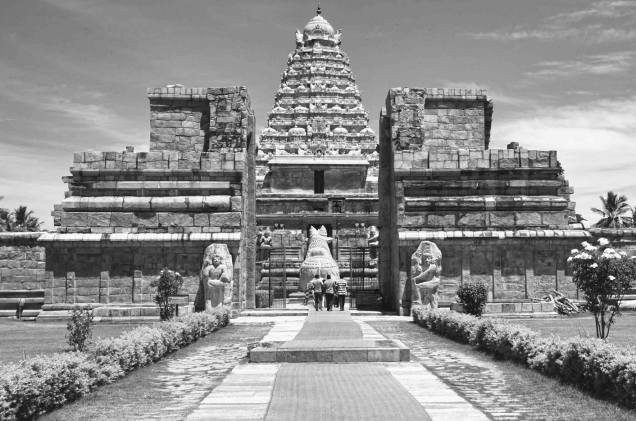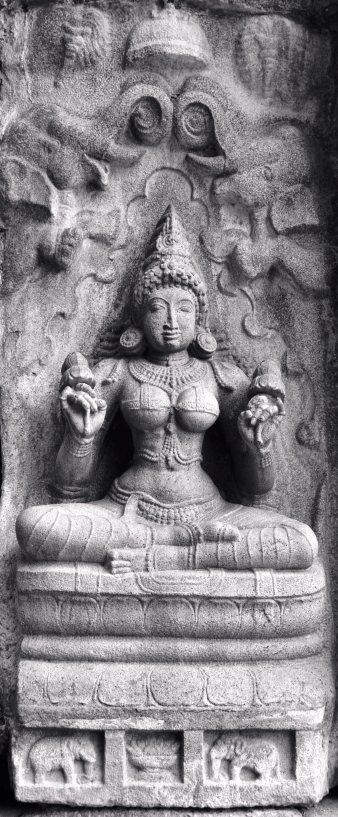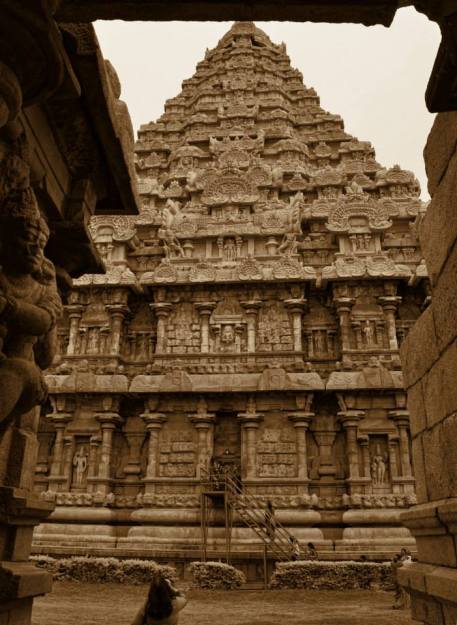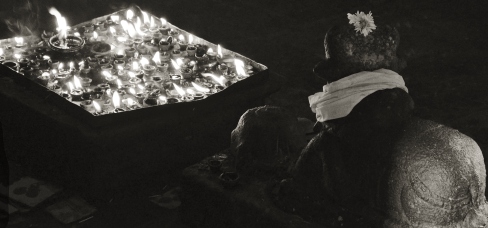All quotes used in this photo essay are from Volume 20 of the Complete Works of Sri Aurobindo.
Photographer: Suhas Mehra. Please do not reproduce or copy any of the photographs without explicit permission.
***
Indian architecture, painting, sculpture are not only intimately one in inspiration with the central things in Indian philosophy, religion, Yoga, culture, but a specially intense expression of their significance. (Sri Aurobindo, CWSA, Vol. 20, p. 269)
To appreciate our own artistic past at its right value we have to free ourselves from all subjection to a foreign outlook and see our sculpture and painting,….in the light of its own profound intention and greatness of spirit. When we so look at it, we shall be able to see that the sculpture of ancient and mediaeval India claims its place on the very highest levels of artistic achievement. (p. 286)

Indian sacred architecture constantly represents the greatest oneness of the self, the cosmic, the infinite in the immensity of its world-design, the multitude of its features of self-expression, lakṣaṇa, (yet the oneness is greater than and independent of their totality and in itself indefinable), and all its starting-point of unity in conception, its mass of design and immensity of material, its crowding abundance of significant ornament and detail and its return towards oneness are only intelligible as necessary circumstances of this poem, this epic or this lyric—for there are smaller structures which are such lyrics —of the Infinite. (p. 276)

For the Indian mind form does not exist except as a creation of the spirit and draws all its meaning and value from the spirit. Every line, arrangement of mass, colour, shape, posture, every physical suggestion, however many, crowded, opulent they may be, is first and last a suggestion, a hint, very often a symbol which is in its main function a support for a spiritual emotion, idea, image that again goes beyond itself to the less definable, but more powerfully sensible reality of the spirit which has excited these movements in the aesthetic mind and passed through them into significant shapes. (p. 270)

The gods of Indian sculpture are cosmic beings, embodiments of some great spiritual power, spiritual idea and action, inmost psychic significance, the human form a vehicle of this soul meaning, its outward means of self-expression; everything in the figure, every opportunity it gives, the face, the hands, the posture of the limbs, the poise and turn of the body, every accessory, has to be made instinct with the inner meaning, help it to emerge, carry out the rhythm of the total suggestion, and on the other hand everything is suppressed which would defeat this end, especially all that would mean an insistence on the merely vital or physical, outward or obvious suggestions of the human figure. Not the ideal physical or emotional beauty, but the utmost spiritual beauty or significance of which the human form is capable, is the aim of this kind of creation. (p. 290)

The dignity and beauty of the human figure in the best Indian statues cannot be excelled, but what was sought and what was achieved was not an outward naturalistic, but a spiritual and a psychic beauty….(p.296)

The more ancient sculptural art of India embodies in visible form what the Upanishads threw out into inspired thought and the Mahabharata and Ramayana portrayed by the word in life. (p. 289)

For this unity on which all is upborne, carries in itself the infinite space and calm of the spiritual realisation, and there is no need for other unfilled spaces or tracts of calm of a lesser more superficial kind. The eye is here only a way of access to the soul, it is to that that there is the appeal, and if the soul living in this realisation or dwelling under the influence of this aesthetic impression needs any relief, it is not from the incidence of life and form, but from the immense incidence of that vastness of infinity and tranquil silence, and that can only be given by its opposite, by an abundance of form and detail and life. (p. 280)

The religious or hieratic side of Indian sculpture is intimately connected with the spiritual experiences of Indian meditation and adoration, —those deep things of our self-discovery which our critic calls contemptuously Yogic hallucinations,—soul realisation is its method of creation and soul realisation must be the way of our response and understanding. (pp. 290-291)
To see more photo-features, click HERE.

Beautiful pictures, such a visual treat
LikeLike
Thank you.
LikeLike
Beautiful pictures and love d detailed description
New Video is up –
IID Outfit Ideas
LikeLike
Thank you.
LikeLike